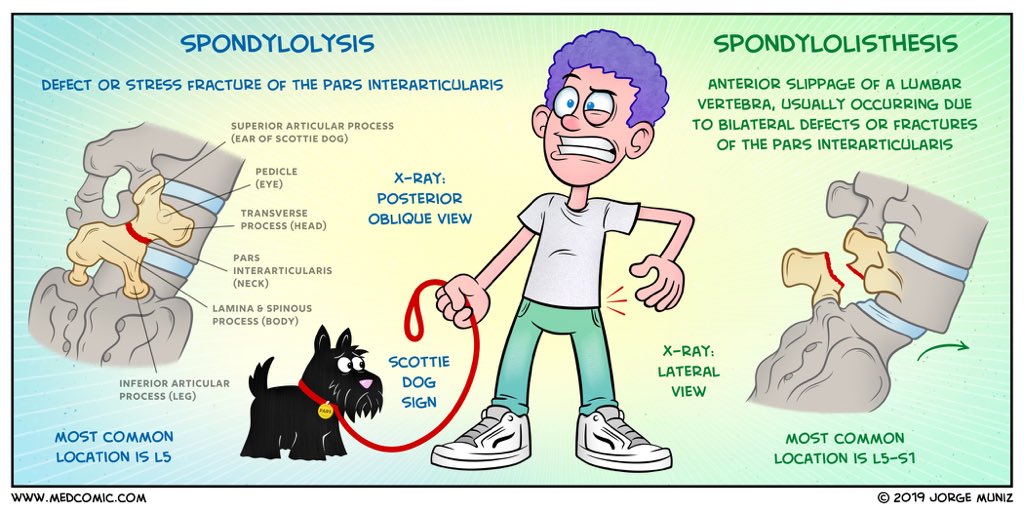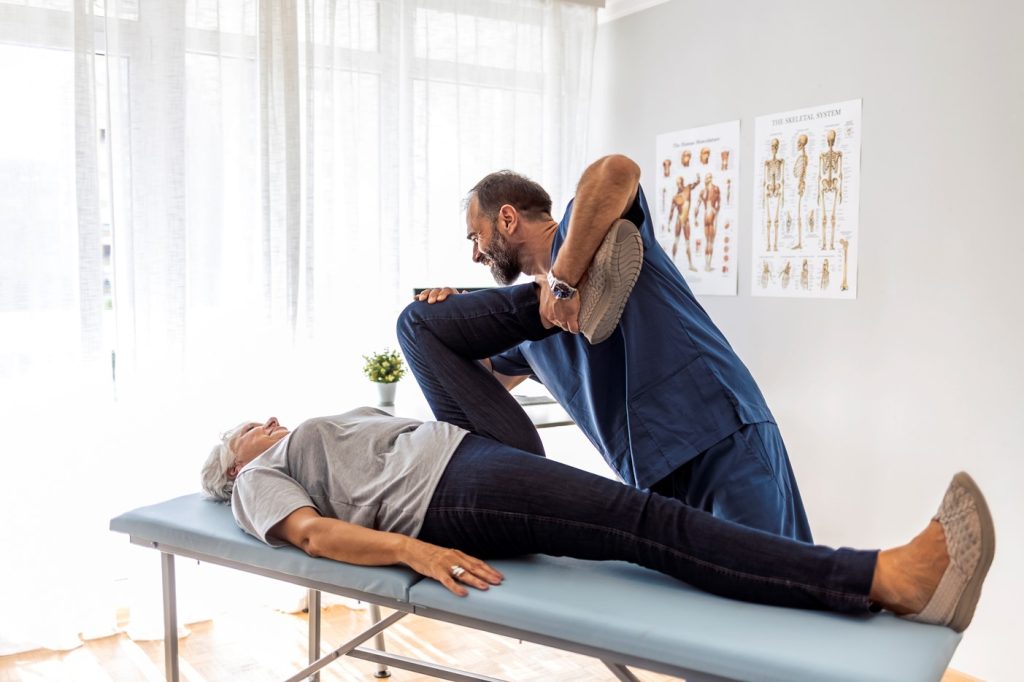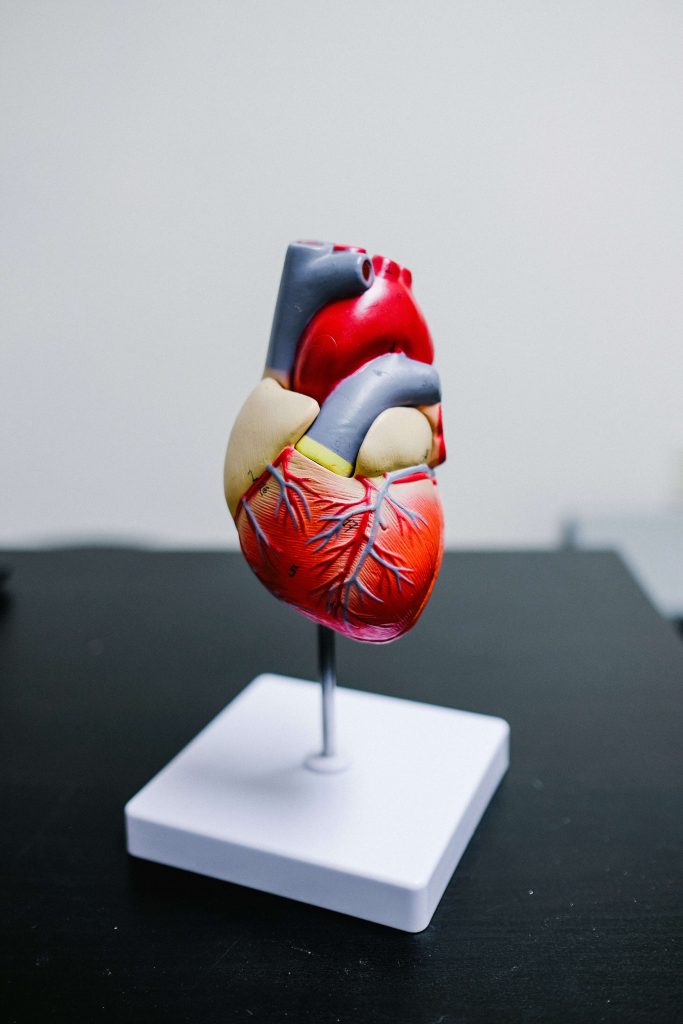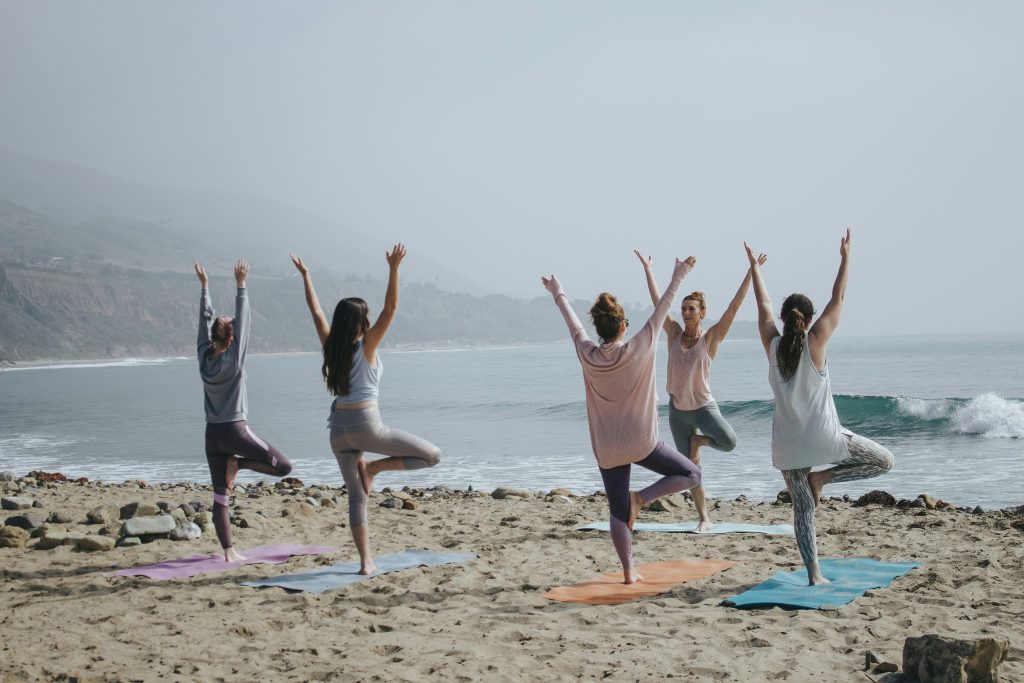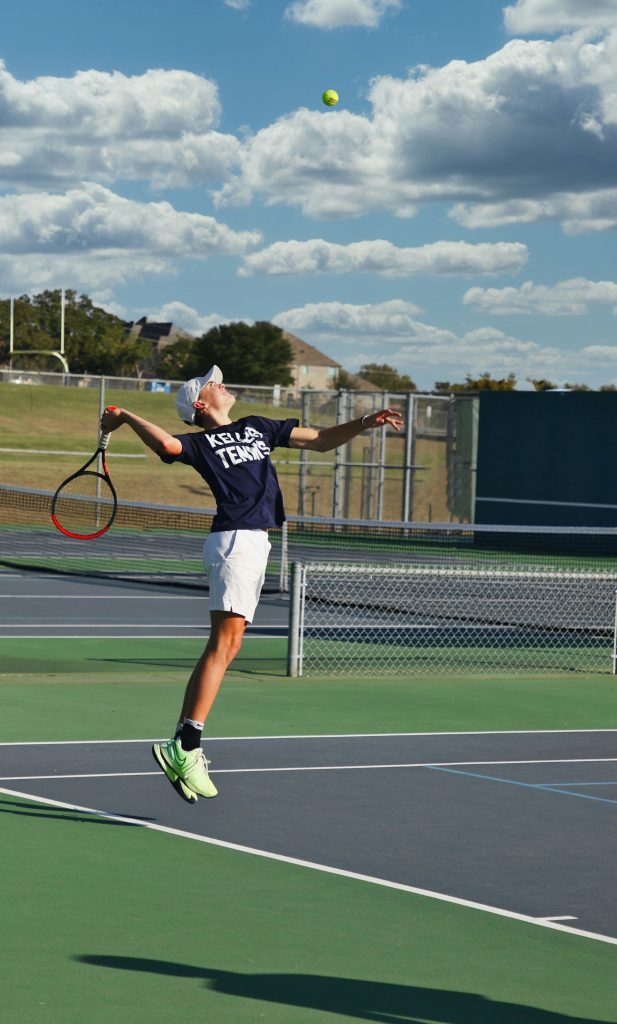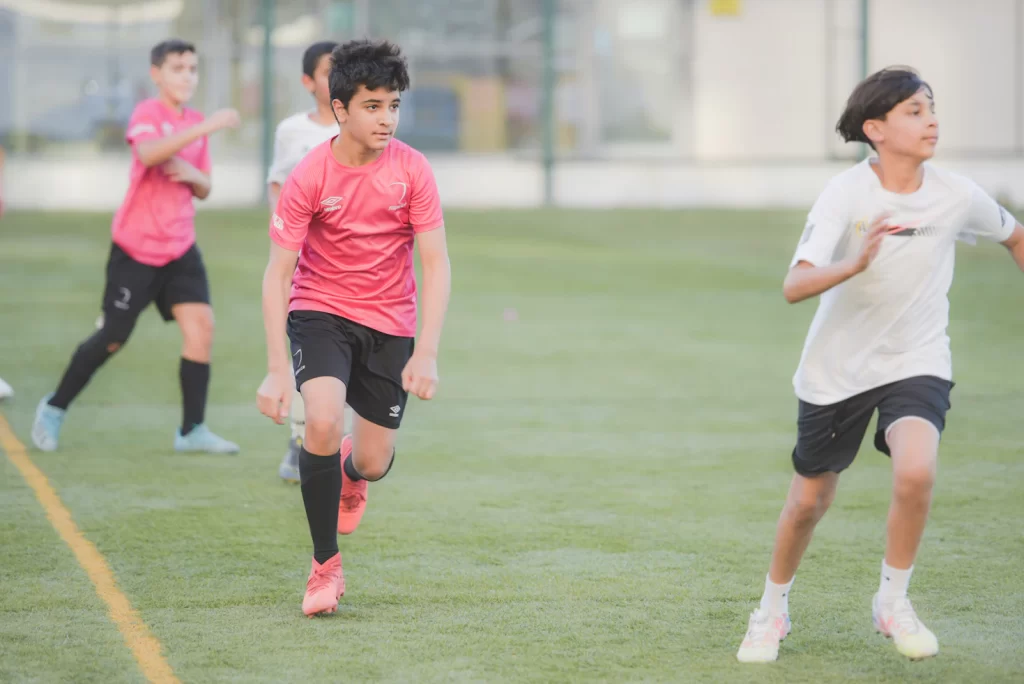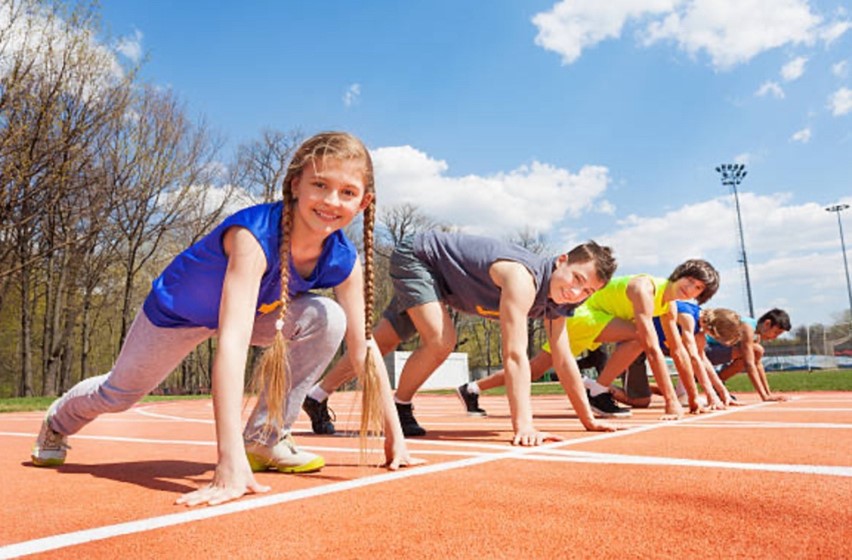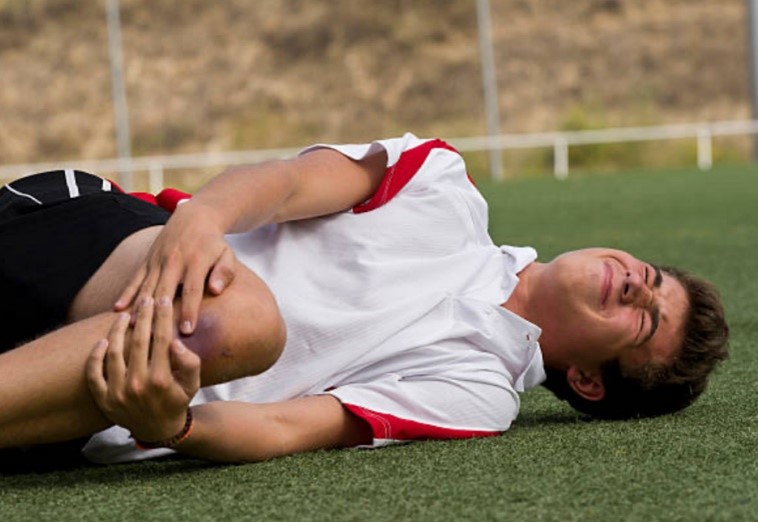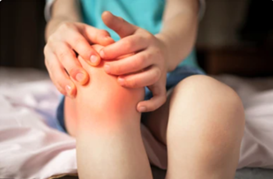Exploring the Relationship Between Muscular Imbalances and Their Role in Lower Back Pain
Posted on May 6th, 2024 by Andries Lodder

Lower back pain often arises from various factors, and muscle imbalance can undoubtedly be one of them. Muscular imbalances have been shown to play a significant role in the development and worsening of lower back pain. Differences in strength between muscles on opposite sides of the body may lead to poor posture, misalignment, tightness and overcompensation, reduced stability, and nerve impingement – all of which may lead to or exacerbate lower back pain.
LOWER CROSSED SYNDROME
Lower crossed syndrome is a common cause of lower back pain. This condition results due to muscle strength imbalances in the hip, lower back and pelvic regions. These muscular imbalances occur when certain muscles are constantly shortened or lengthened relative to others as a result of muscle weaknesses.
Lower crossed syndrome is characterized by a pattern of muscle weakness and tightness in the lower back and hip region. Typically, the hip flexors and lumbar (lower back) extensors are tight and overactive, whilst the glutes and abdominal muscles are weak and lengthened. The hamstring muscles are also typically tight. This imbalance involves a combination of tightness and weakness in key muscle groups, resulting in altered posture and movement patterns. These imbalances on the anterior (front) and posterior (back) sides of the body result in the forward tilting of the pelvis, flexed hips and increased arching of the lower back, which thus place extra strain onto the lower back.
A number of factors can contribute to the development of lower crossed syndrome and muscular imbalances, including:
- Prolonged sitting or sedentary lifestyle
- Poor posture habits
- Muscular imbalances resulting from repetitive movements or activities
- Lack of core and hip stability
TREATING LOWER CROSSED SYNDROME AND MUSCULAR IMBALANCES
Addressing lower crossed syndrome involves a multifaceted approach tailored to each individual’s needs. In order to correct muscular imbalances which may be causing lower back pain, it is important to first establish which muscles are too tight, and which muscles are in a lengthened state. A Biokineticist can help establish these weak areas by doing a comprehensive assessment. Targeted stretching of tight muscles, particularly the hip flexors, lower back extensors, and hamstrings, helps restore flexibility and reduce muscular tension. Whilst strengthening weak muscles, such as the core, glutes and hip stabilizers, will help maintain ideal posture and alignment.
Imbalances in muscle strength, endurance, and activation, particularly in the trunk and pelvic regions, can contribute to the development and persistence of low back pain. Addressing these imbalances through targeted exercises and interventions may help alleviate low back pain and improve overall musculoskeletal health.
If you require any advice on creating a personalized exercise program to address muscular imbalances and reduce lower back pain, please do not hesitate to contact us!
